Benefits of Omega 3 Fish Oil Supplements
2019-01-16

- WHAT IS OMEGA-3?
Omega−3 fatty acids, also called ω−3 fatty acids or n−3 fatty acids, are polyunsaturated fatty acids (PUFAs) characterized by a double bond three atoms away from the terminal methyl group. They are widely distributed in nature, being important constituents of animal lipid metabolism, and they play an important role in the human diet and in human physiology. The three types of omega−3 fatty acids involved in human physiology are α-linolenic acid (ALA), found in plant oils, and eicosapentaenoic acid (EPA) and docosahexaenoic acid (DHA), both commonly found in marine oils. Marine algae and phytoplankton are primary sources of omega−3 fatty acids. Common sources of plant oils containing ALA include walnut, edible seeds, clary sage seed oil, algal oil, flaxseed oil, Sacha Inchi oil, Echium oil, and hemp oil, while sources of animal omega−3 fatty acids EPA and DHA include fish, fish oils, eggs from chickens fed EPA and DHA, squid oils, and krill oil.
Omega−3 fatty acids are important for normal metabolism. Mammals are unable to synthesize omega−3 fatty acids, but can obtain the shorter-chain omega−3 fatty acid ALA (18 carbons and 3 double bonds) through diet and use it to form the more important long-chain omega−3 fatty acids, EPA (20 carbons and 5 double bonds) and then from EPA, the most crucial, DHA (22 carbons and 6 double bonds). The ability to make the longer-chain omega−3 fatty acids from ALA may be impaired in aging. In foods exposed to air, unsaturated fatty acids are vulnerable to oxidation and rancidity. Dietary supplementation with omega−3 fatty acids does not appear to affect the risk of death, cancer or heart disease.
2 . Health Effects
There are many, many health benefits of Omega 3. It’s good for our brains and eyes and it helps keeps our joints and skin healthy. In 2008, the American Journal of Clinical Nutrition published three studies that showed low concentrations of EPA and DHA in elderly people resulted in an increased risk of death from all causes.
Omega 3 can benefit, and is recommended for, a whole host of health conditions. They range from joint problems like rheumatoid arthritis as well as skin disorders such as eczema and acne. There are also hundreds of promising trials charting the positive effects of Omega 3 on Alzheimer’s, ADHD, depression, blood pressure and children’s learning and behaviour.
2.1 Cancer
2.2 Cardiovascular disease
2.3 Inflammation
2.4 Developmental disabilities
2.5 Mental health
2.6 Cognitive aging
2.7 Brain and visual functions
2.8 Atopic diseases
2.9 Risk of deficiency
2.10 Asthma
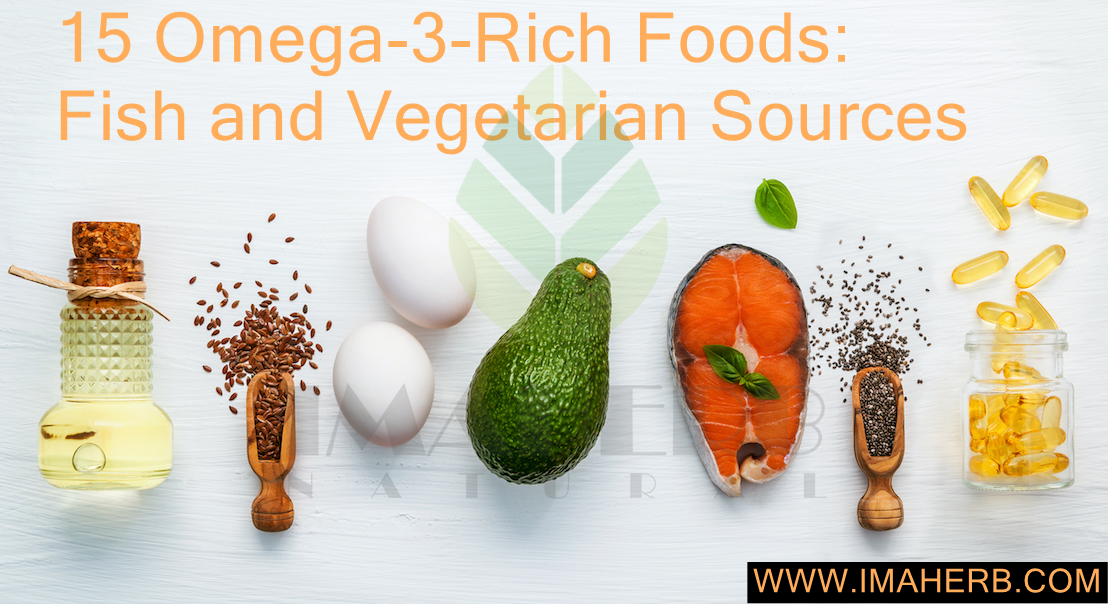
Fish sources of omega-3
Fatty, oily fish is an excellent source of DHA and EPA, which are two key types of omega-3 fatty acid.
1. Mackerel (4,107 mg per Serving)
2. Salmon (4,023 mg per Serving)
3. Cod Liver Oil (2,664 mg per Serving)
4. Herring (3,181 mg per Serving)
5. Oysters (565 mg per Serving)
6. Sardines (2,205 mg per Serving)
7. Anchovies (951 mg per Serving)
8. Caviar (1,086 mg per Serving)
Vegetarian and vegan sources of omega-3
9. Seaweed and algae
10. Chia seeds
Chia seeds are an excellent plant-based source of ALA omega-3 fatty acids. They are also high in fiber and protein.
Chia seeds contain 5.055 g of ALA per 1-oz serving.
11. Hemp seeds
Hemp seeds contain 2.605 g of ALA in every 3 tablespoons (tbsp).
12. Flaxseeds
Flaxseeds contain 6.703 g of ALA per tbsp.
13. Walnuts
Walnuts contain 3.346 g of ALA per cup.
14. Edamame
A half-cup of frozen edamame beans contains 0.28 g of ALA.
15. Kidney beans
Kidney beans contain 0.10 g of ALA per half-cup.


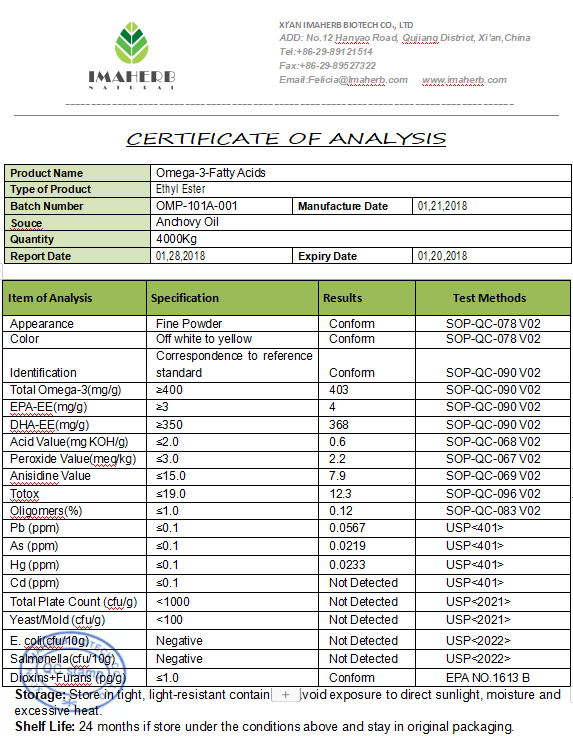






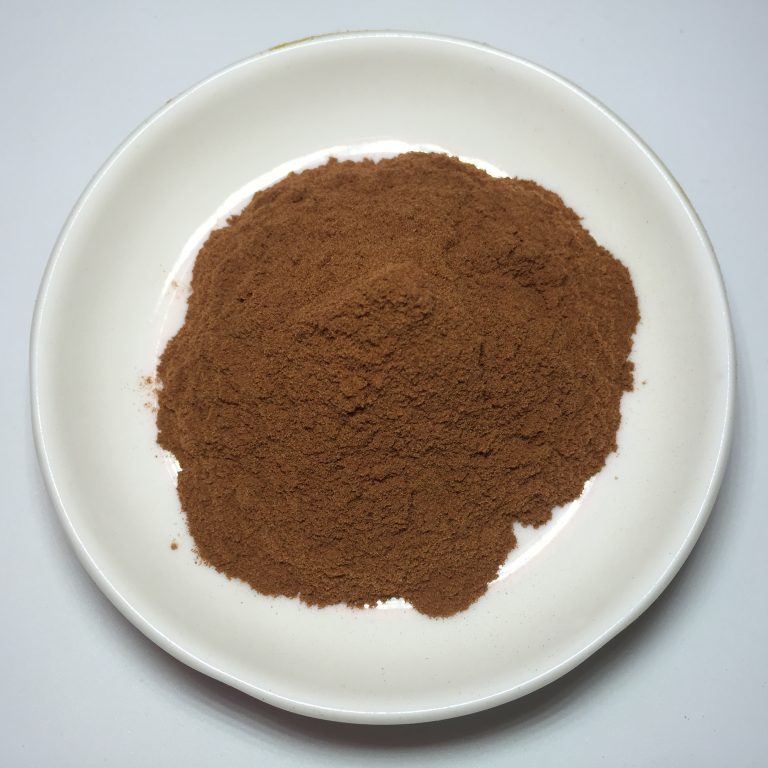 Imaherb China manufacturer supply Apple Extract Powder
Imaherb China manufacturer supply Apple Extract Powder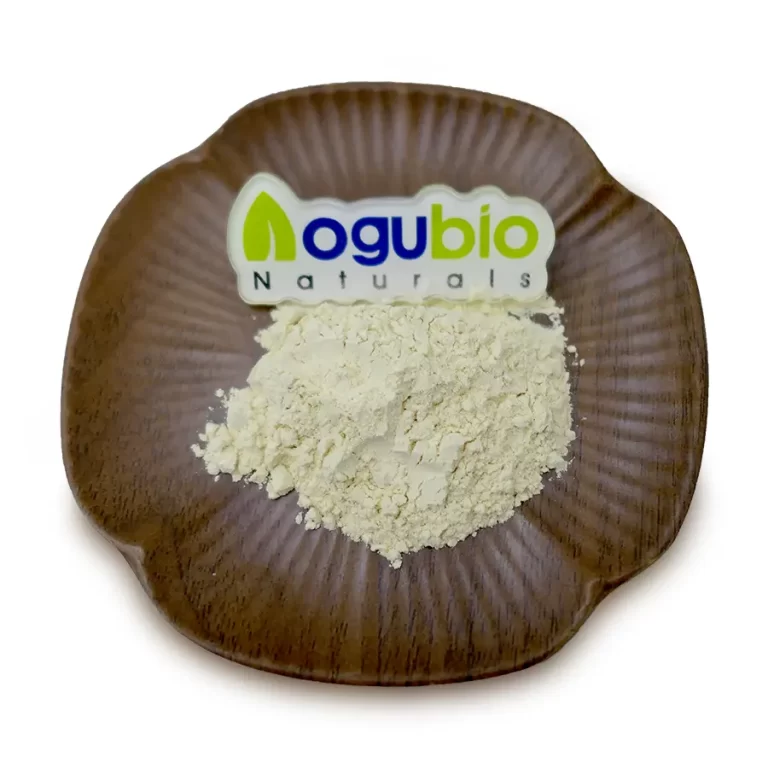 Imaherb China manufacturer supply Apigenin Powder 98%
Imaherb China manufacturer supply Apigenin Powder 98% Imaherb Factory supply Alpha Lipoic Acid Powder CAS 1077-28-7
Imaherb Factory supply Alpha Lipoic Acid Powder CAS 1077-28-7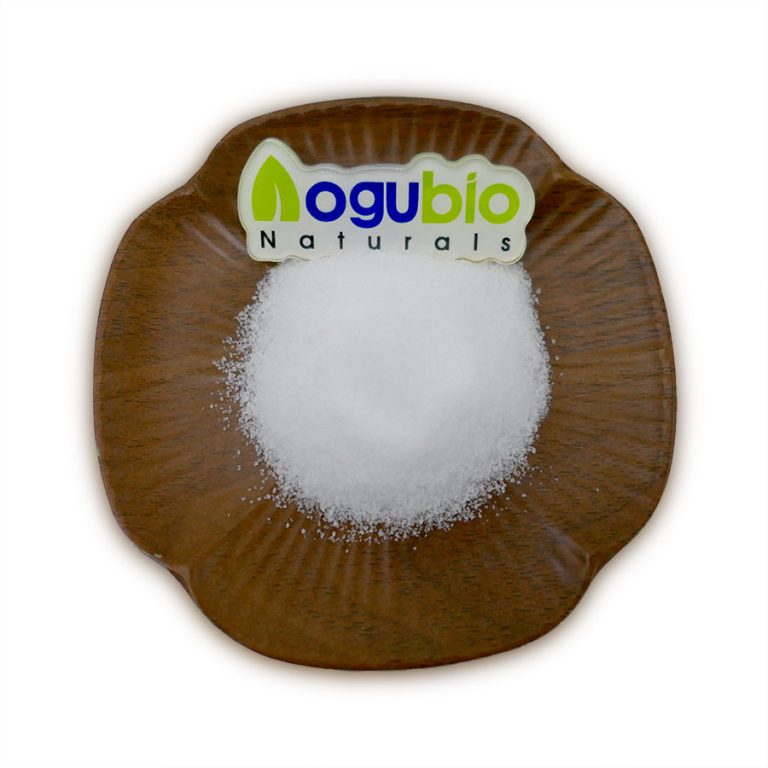 Imaherb Factory supply Alpha GPC Powder CAS 28319-77-9
Imaherb Factory supply Alpha GPC Powder CAS 28319-77-9 Imaherb Factory supply Alliin Powder 98% CAS 556-27-4
Imaherb Factory supply Alliin Powder 98% CAS 556-27-4 skype
skype Sales Manager
Sales Manager Rebekah
Rebekah Rachel
Rachel Miranda
Miranda Camilla
Camilla
 Sales Manager
Sales Manager